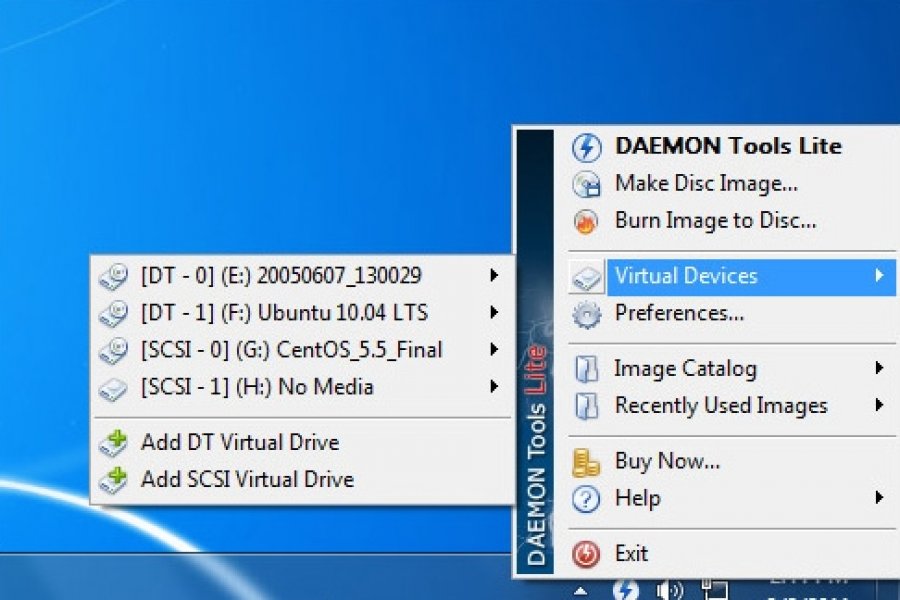
They include the Daytime and Time protocols for recording the time of events, as well as the ICMP Timestamp messages and IP Timestamp option ( RFC 781). Other related network tools were available both then and now. The technology was first deployed in a local area network as part of the Hello routing protocol and implemented in the Fuzzball router, an experimental operating system used in network prototyping, where it ran for many years. The technology was later described in the 1981 Internet Engineering Note (IEN) 173 and a public protocol was developed from it that was documented in RFC 778. In 1979, network time synchronization technology was used in what was possibly the first public demonstration of Internet services running over a trans-Atlantic satellite network, at the National Computer Conference in New York. The current protocol is version 4 (NTPv4), which is backward compatible with version 3. NTP supplies a warning of any impending leap second adjustment, but no information about local time zones or daylight saving time is transmitted.

: 16 They can also use broadcasting or multicasting, where clients passively listen to time updates after an initial round-trip calibrating exchange. : 20 Implementations send and receive timestamps using the User Datagram Protocol (UDP) on port number 123. The protocol is usually described in terms of a client–server model, but can as easily be used in peer-to-peer relationships where both peers consider the other to be a potential time source. Asymmetric routes and network congestion can cause errors of 100 ms or more. NTP can usually maintain time to within tens of milliseconds over the public Internet, and can achieve better than one millisecond accuracy in local area networks under ideal conditions. : 3 It uses the intersection algorithm, a modified version of Marzullo's algorithm, to select accurate time servers and is designed to mitigate the effects of variable network latency. NTP is intended to synchronize all participating computers to within a few milliseconds of Coordinated Universal Time (UTC). In operation since before 1985, NTP is one of the oldest Internet protocols in current use. The Network Time Protocol ( NTP) is a networking protocol for clock synchronization between computer systems over packet-switched, variable- latency data networks.


 0 kommentar(er)
0 kommentar(er)
